10 Conversion Rate Optimization Tips for Ecommerce Businesses
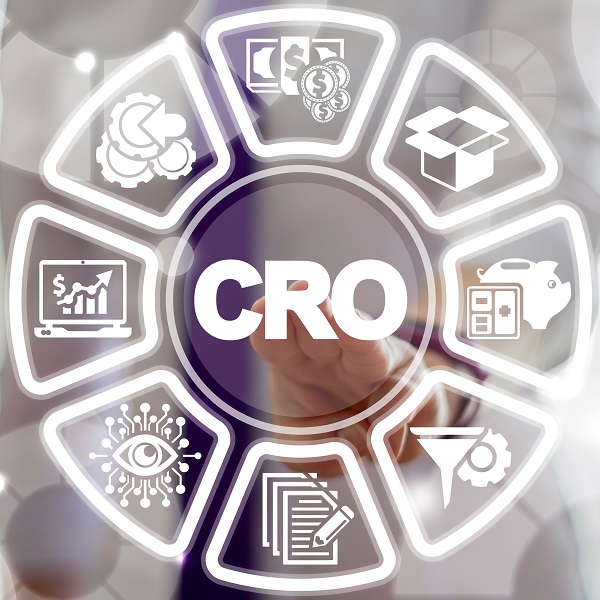
Marketers at growing eCommerce brands generally do a lot to attract qualified website visitors, including SEO, social media marketing, and digital marketing campaigns. But will all this effort yield any ROI if the visitor to your landing page does not buy your products or services?
All eCommerce brands face this issue, and there might be several reasons your website visitors aren’t converting into paying customers more often. Small and mid-sized businesses, in particular, face this issue, as they rely on day-to-day sales performance more than the big brands. High bounce or cart abandonment rates often prompt major cash flow problems. As a discipline, conversion rate optimization helps eCommerce brands address potential flaws to boost conversions.
Let’s explore the science of conversion rate optimization and some tips for small businesses that can transform your online store into a sales powerhouse.
What is Conversion Rate Optimization?
Conversion rate optimization (CRO) is a strategy that focuses on increasing the percentage of visitors that take a particular action on your website. For eCommerce brands, this action is sales, adding a product to a cart, or other processes that help increase revenue and boost sales.
You know your CRO program is working if your conversion rates are on the rise, meaning that a growing percentage of visitors are converting over time. Here’s the formula for calculating your conversion rates:
Conversion Rate = (Number of Conversions/Total Number of Visitors) × 100
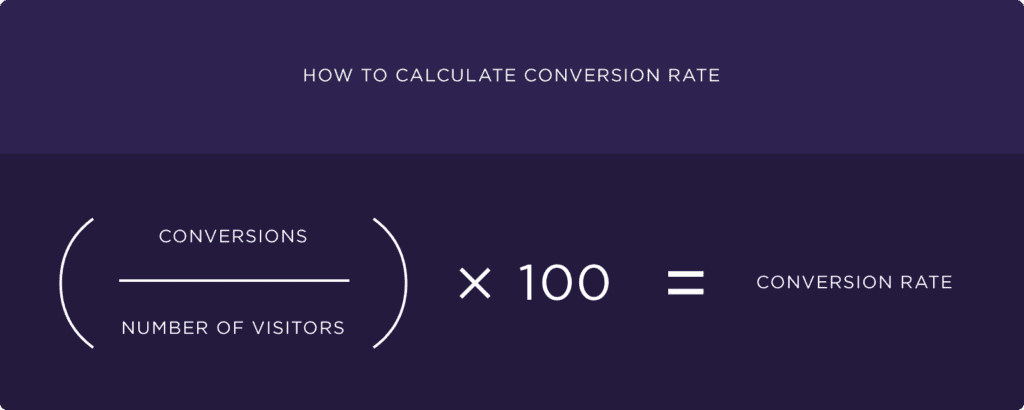
For eCommerce brands, a rate between 2% and 5% is considered an industry benchmark. However, the ideal conversion rate for your business varies widely depending on your particular business, industry vertical, demographic, or even country.
10 Areas of CRO Focus for Small Businesses
Now that we understand CRO, let’s dive deeper into the steps you should take to improve it.
1. Write clear product descriptions
Writing clear and detailed product descriptions is the first step to improving your CRO. Your customers won’t just buy a product that they see online. They need to know everything about it, its features, its benefits, and how it can add value to their lives.
An excellent example of this can be found in the product description of Bose’s QuietComfort headphones. The product page mentions all the details about the product and talks about each feature in a format that is easy to read and comprehend.
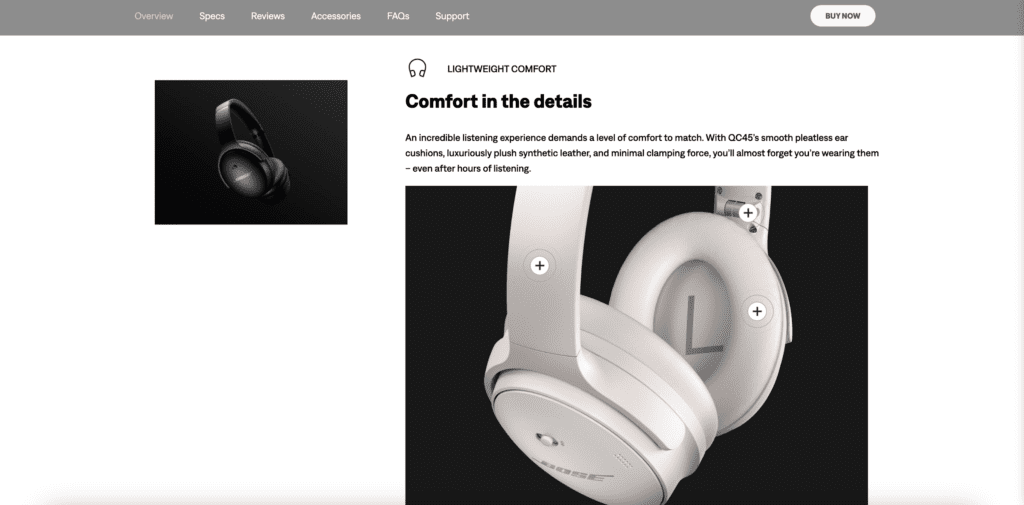
In addition to covering product specs, it’s a good idea to use storytelling and emotions to connect with your customers on a deeper level and help them understand how your products can solve their problems or otherwise help them achieve their goals.
Enhance your product storytelling by incorporating an AI writer to craft compelling narratives and evoke emotions. That will enable your customers to connect with your offerings profoundly and understand your products’ unique solutions and experiences.
2. Improve your website speed
A website that takes too long to load is an immediate scroll stopper. For context, the average website load time for desktop is 2.5 seconds, and for mobile, it is 8.6 seconds. These averages are essential for online businesses to create a benchmark for their website loading speed.
If your eCommerce website is slow, you should focus on factors like
- Optimize images or graphics for file size.
- Minimize code or scripts that can slow you down.
- Use speed testing tools to monitor your website’s performance and identify areas for improvement.
A go-to platform to check your website speed is Google PageSpeed Insights. It will tell you how long it takes for your website to load and suggest improvements for your page to get a higher score.
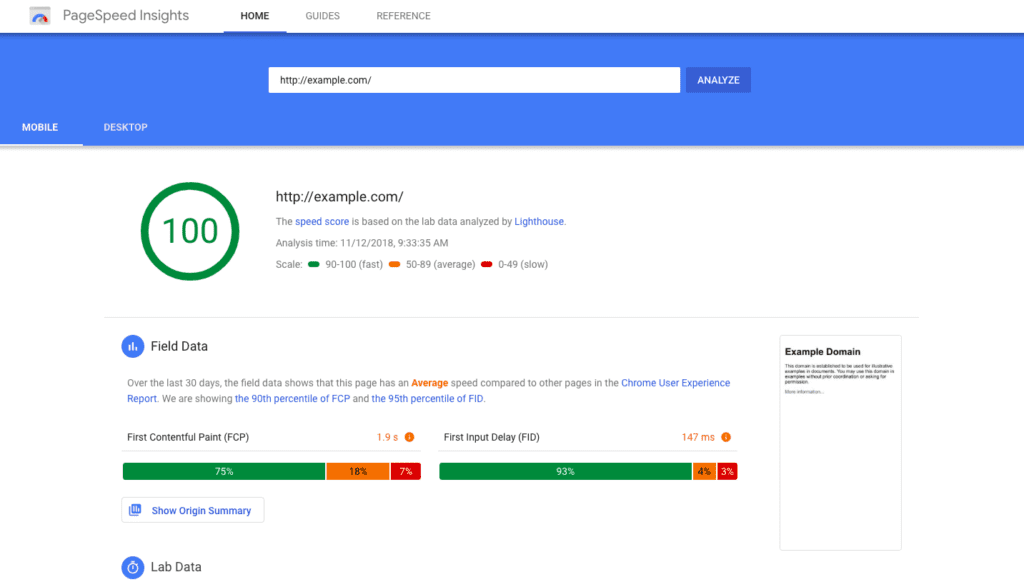
3. Use visual content
Invest in professional-looking visuals that showcase your products in detail and from multiple angles. The more images or videos you include, the more context the customer will gain into your products.
You can shoot videos of your products or even create product teasers and testimonials to be showcased on your page. If you use videos on your website, ensure they are appealing, skilfully edited, and short. That will add authenticity and ensure it doesn’t add to the page load time.

If you already have product images or video footage to convert into powerful videos, use the power of Videoleap by Lightricks. This first-of-its-kind AI product helps brands produce engaging and top-performing video content.
The tool allows you to access many ready-made templates tailored to help your product videos stand out. All you need to do is add your assets and let the AI platform handle the rest. Before adding the video to your product page, you can add finishing touches like removing background objects, adding cinematic effects and video filters, and using AI-video effects to take your video quality to the next level.
4. Optimize for mobile devices
Gone are the days when customers primarily purchased products on their laptops or desktops. According to Forbes, 91% of people make online purchases from their smartphones.
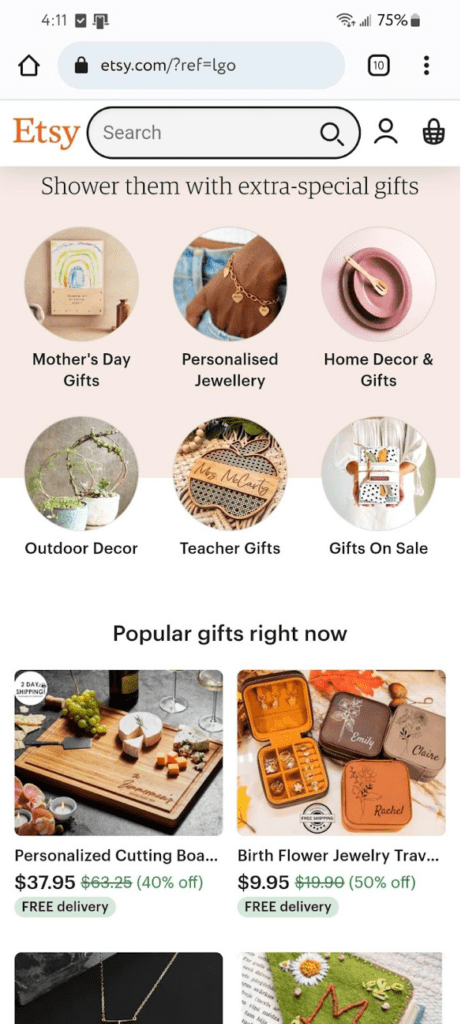
So, make sure your website is mobile-optimized. For this, focus on critical areas like
- Include responsive design in your website to seamlessly adapt your page as per screen sizes and devices, providing user-friendly navigation on all platforms.
- Prioritize mobile optimization for fast loading times and a smooth checkout process.
To understand how mobile-friendly your website is, you can test it using SE Ranking. It tests your website for mobile-friendliness and ranks each factor of your website, helping you understand precisely where you are doing well and what needs updating. Make the required improvements to be more accessible on smartphones and other devices.
5. Improve your website’s trust signals.
People are skeptical about making purchases online for two significant reasons — fraud and identity theft. You can only get a customer to buy from you if you are trustworthy and reputed.
That can be tough for small businesses, but it can be done using the steps below:
- Security and transparency: Display SSL certificates, secure payment gateways, and clear return policies to build trust and credibility.
- Social proof: Showcase customer testimonials, reviews, and influencer collaborations to demonstrate your brand’s value and reliability.
- Live chat and real-time support: Offer options for instant customer assistance and build trust through personalized interactions.
6. Streamline the communication process
Nothing is more frustrating for a shopper than having an essential query that either the website content doesn’t answer or you cannot find someone to answer. This is where live chat and chatbots come in.
According to research, 60% of customers are more likely to return to your website, and 63% will purchase from it if it has a live chat.
To offer a streamlined communication process:
- Offer 24/7 support or use AI-powered chatbots to offer quick answers and support.
- Leverage customer data to greet returning visitors by name, recommend products based on past purchases, and offer personalized support.
- Use integration features for collaboration and engagement within your company. You can combine IP geolocation, unified communications, and IP intelligence to protect digital content distribution, monitor all company devices, and easily handle licensing and regulations.
7. Add prominent CTAs
Most offers require an excellent CTA (call to action) to motivate them to act. Ensure that you include CTAs prominently throughout your website, such as product descriptions, blog posts, or at the end of the video.
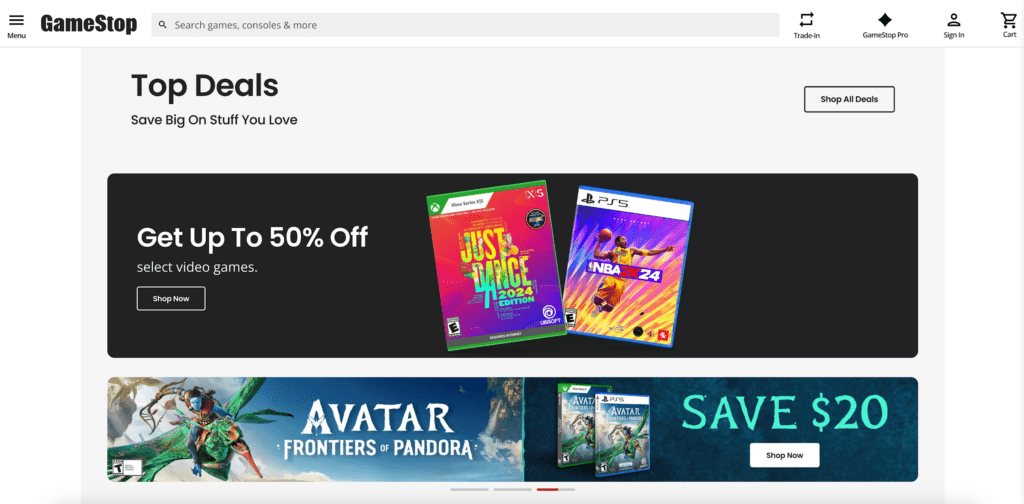
The CTAs help your customer find the product and minimize the clicks required to complete a purchase.
8. Optimize the checkout flow
This is where indecision and abandonment often lurk, so making it smooth and painless is critical.
Here’s how you can make the checkout process quick and easy and improve CRO:
- Reduce the number of steps required from purchase to checkout.
- To cater to diverse preferences, offer popular payment gateways like credit cards, PayPal, and mobile wallets. The more options you provide, the less friction your customers will experience.
- Be upfront about shipping costs, delivery times, and return policies. Display them clearly throughout the checkout process to avoid surprises and build trust.
- Let returning customers skip the tedious re-typing by allowing them to save their address and payment details securely. That will reduce friction and encourage repeat purchases.
9. Create intuitive website navigation
Website navigation also plays a crucial role in increasing purchases. If your customers need help finding the products they’re looking to buy, they may abandon the site or go to another site.
To improve navigation:
- Organize your website logically with clear menus, subcategories, and search functionality. That will make it easy for visitors to find what they want.
- Use relevant internal links to guide users deeply into your website and connect related products, blog posts, and information pages.
- Keep it simple. Have a few pages or options, as this can overwhelm the customers.
- Include a user-friendly search bar for quick product discovery.
10. Conduct A/B tests
Once your website is ready and running, test and optimize for improvements. We recommend using A/B tests, a surefire way to understand what works and what doesn’t.
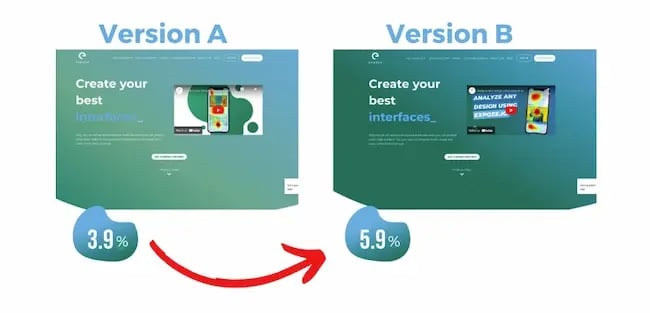
You can use A/B testing to
- Analyze website data and user behavior to pinpoint areas where conversions drop. That could be confusing headlines, slow loading times, or unclear CTAs.
- Understand what works best for your website. That should be specific to see which variations resonate best with your audience, such as headlines, calls to action, product images, or entire page layouts.
The Final Word
Conversion rate optimization is crucial for your eCommerce brand and can significantly impact your overall revenue. Since most small brands spend large amounts to fine-tune their outreach strategy and attract visitors to their website, retaining customers who have interacted and made their way into the sales funnel is prudent.
The tips outlined here are only the guiding point for your CRO process, and you’ll need to focus on continuous optimization to ensure that your sales and conversions keep increasing as you progress.
So, keep testing, optimizing, and adapting. With the right mindset and these practical strategies, your small business can conquer the online battlefield and watch its profits soar.

